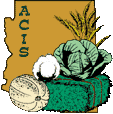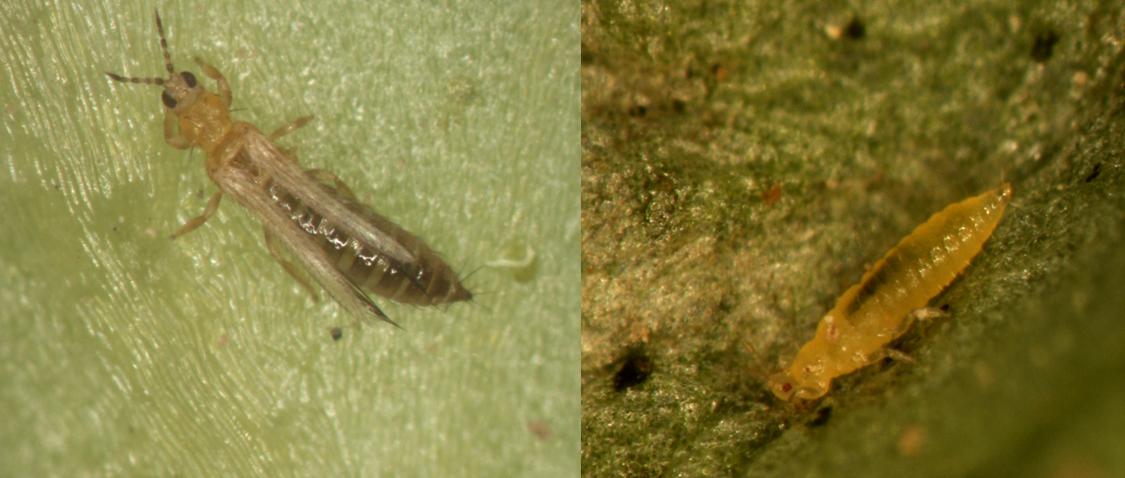
|
|
|
|

|
|||
|
|
|||
|
Western flower thrips are now beginning to increase on produce crops throughout
the area. They have slowly been increasing in the Yuma Valley, and should likely
continue to increase as the days grow longer. Based on historical data, if temperatures
remain moderate and rainfall is light we can expect thrips numbers to reach very
high levels by the mid-March. Another factor PCAs should be concerned with this
time of the year is thrips "bioconcentration" which occurs each year in late February
and March as lettuce acreage declines. This could be especially important this season
since the abnormally warm temperatures appear to be pushing lettuce harvests ahead
of schedule relative to years past. Each time a lettuce field is harvested and disked,
adult thrips populations disperse from these areas into the next available lettuce
field. This is generally coincident with our seasonally warm temperatures that are
suitable for thrips development. As the number of lettuce acres becomes reduced
near the end of the season, this creates a bottleneck effect that concentrates high
numbers of thrips adults on the remaining fields under production. This can often
make chemical control very difficult, particularly in March, as thrips adults may
continually re-infest fields following spray applications. Furthermore, by mid-March
when most of the lettuce production is finished, these populations can pose a threat
to seedling cotton. Note: the key to preventing thrips from significantly scarring
leafy vegetable plants is to prevent immature populations from becoming established.
For more information on the identification, biology, ecology and management of thrips
on desert produce please visit the links:
Western Flower Thrips and
Thrips Control Chart.


Click picture to listen to John’s update
To contact John Palumbo go to: jpalumbo@ag.arizona.edu |
|||
| Back | |||
|
For questions or comments on any of the topics please contact Marco Pena at the Yuma Agricultural Center.
|
|||
|
Home |
Cotton | Veggies |
Forages | Grains
| Citrus |
Crop x Crop Insects | Diseases| Weeds | Pesticides | Economics | News | Weather | Research | Photos | Contacts | General Info. Copyright © 2001 University of Arizona, College of Agriculture and Life Sciences Webmaster: Al Fournier (acis@ag.arizona.edu) |
|||
